'Save the Ligne Maginot' by Alexandre Guirkinger
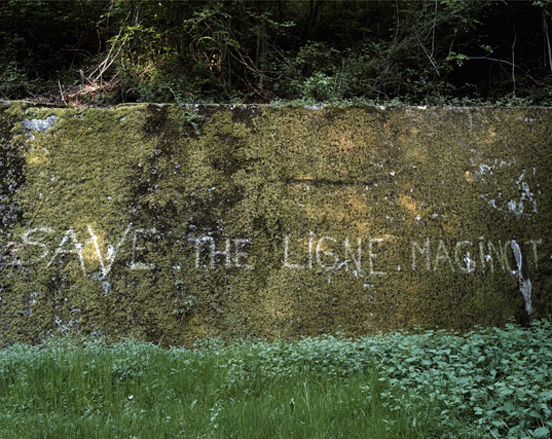
France's Maginot Line might not have kept out the Germans, but for our July issue, photographer, Alexandre Guirkinger, and artist-cum-creative director, Mathias Kiss, proved that, with a few home comforts, its bunkers are just the place for lying low. Guirkinger has been photographing these abandoned fortifications for his personal 'Save the Ligne Maginot' project for several years, and now, 60 years after the German invasion, he's showing the series to Wallpaper.com.
'I spent my childhood playing in the forest among the bunkers and a few years ago I discovered people were restoring them of their own accord,' says Guirkinger. 'Some people were transforming them into museums, some were staging re-enactments and some were using them as sites for paintball games or gun clubs. Some have even turned them into private houses. I was fascinated by the idea of the fantasy of the military and the concept of playing war.'
The bunkers and forts of the Maginot Line were created along the French borders in the build up to World War II, but despite massive investment, the defence system was already outdated because of the rise of plane warfare. The French army spent eight months living in the bunkers doing nothing at the beginning of the war - a period known as the 'drôle de guerre' or the 'phoney war' - and the Maginot Line was never put to the test. In fact, the Germans stormed through a similar line of defence in Belgium before advancing on France.
'I like the idea of celebrating something that was never used. There's something quite silly about it' says Guirkinger. 'It's also a place that can be used for reinterpretation and transformation without facing the cruel facts of war.' His Save the Ligne Maginot series is his first personal photography project and a work in progress, which he plans to eventually turn into a book.
Of the interiors shoot for Wallpaper*, Guirkinger says: 'It was interesting doing something commercial in the bunkers because it put me in the same position as the re-enactors. Like them, I was performing a game.' The photographer also created a short film of the shoot, with Elodie Tinel. 'It was a way of revealing the architecture of the bunkers but also showing us at play'.
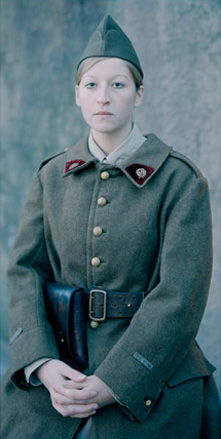
'Untitled 2008', from the 'Save the Ligne Maginot' project by Alexandre Guirkinger This portrait shows an actor dressed as a nurse. 'I wanted to make it look like an old fashioned portrait,' says Guirkinger. 'It's not clear whether it's a historical portrait or a recreation of history. The picture is deliberately ambiguous.'
Wallpaper* Newsletter
Receive our daily digest of inspiration, escapism and design stories from around the world direct to your inbox.
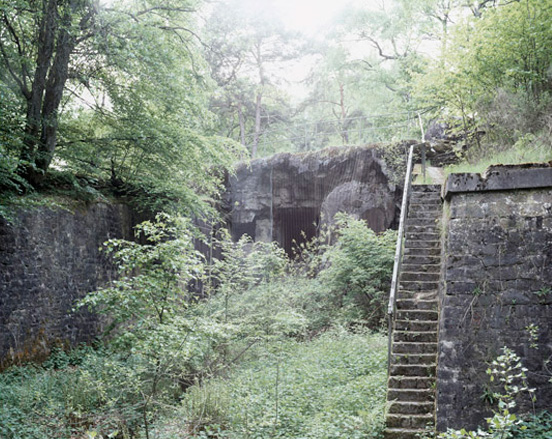
'Untitled 2009', from the 'Save the Ligne Maginot' project by Alexandre Guirkinger The bunkers in Elsace
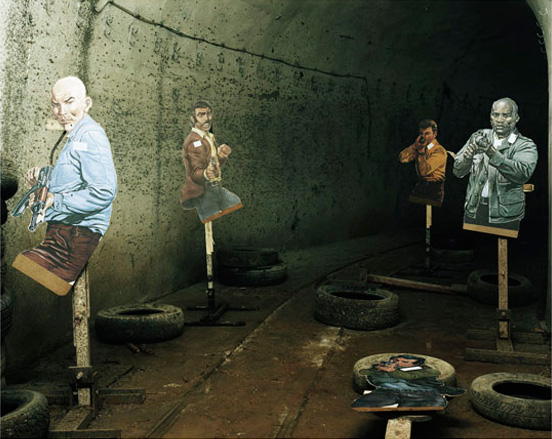
'Untitled 2009', from the 'Save the Ligne Maginot' project by Alexandre Guirkinger Target practice at a gun club in a Maginot Line bunker. 'I am fascinated by the idea of the fantasy of the military and the concept of playing war,' says Guirkinger
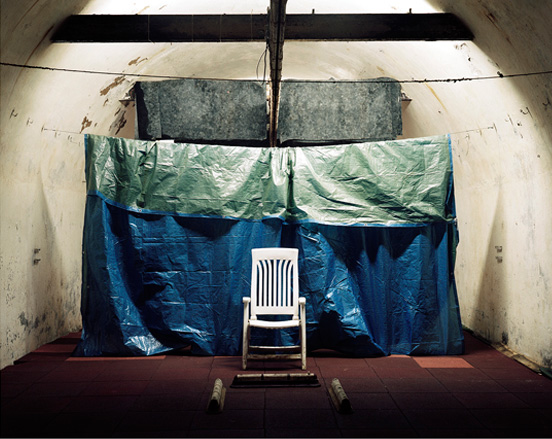
'Untitled 2009', from the 'Save the Ligne Maginot' project by Alexandre Guirkinger This picture inspired the interiors shoot for Wallpaper's July 2010 issue. 'It's part of the gun club set up and it gave me the idea of bringing contemporary furniture into the bunker,' he says.
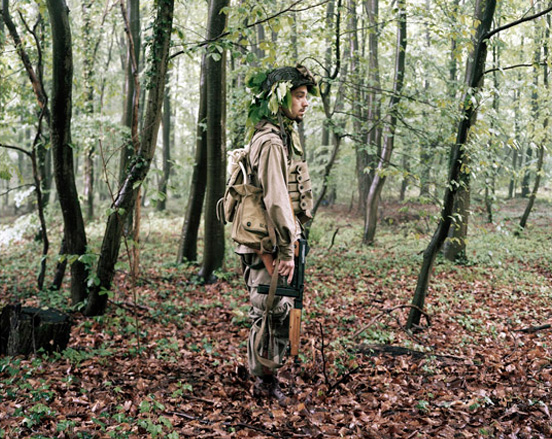
'Untitled 2009', from the 'Save the Ligne Maginot' project by Alexandre Guirkinger
'The re-enactors are historical experts, who know all the details of the uniforms,' says the photographer. Here, his subject is wearing US army kit.
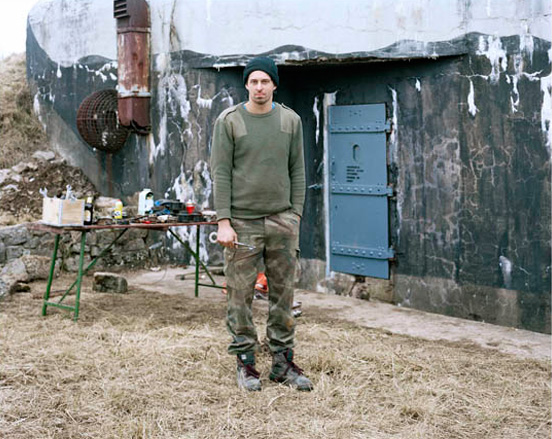
'Untitled 2009', from the 'Save the Ligne Maginot' project by Alexandre Guirkinger
The man in this photograph is holding the key to the bunker he purchased
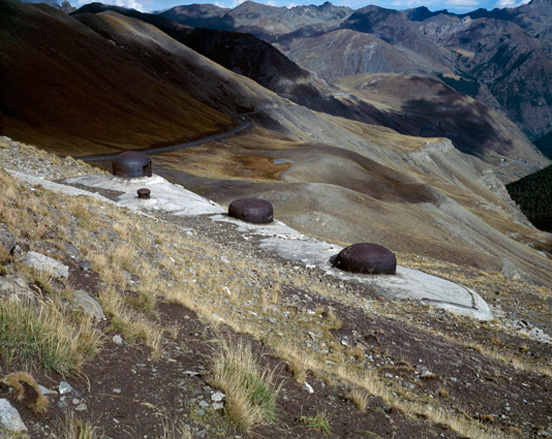
'Untitled 2008', from the 'Save the Ligne Maginot' project by Alexandre Guirkinger
This bunker is on the border of Italy, in the Southern Alps. 'I like the way it looks strangely like Afghanistan,' says the photographer
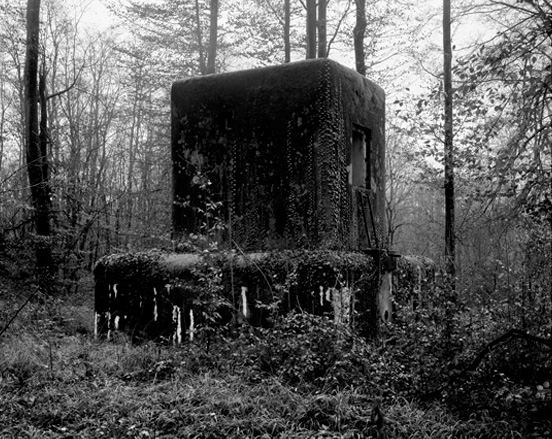
'Untitled 2008', from the 'Save the Ligne Maginot' project by Alexandre Guirkinger
The project was partly inspired by 'Un Balcon en Foret' (A Balcony in the Forest) - a novel set in the Maginot Line bunkers by Julien Gracq. 'This bunker is exactly how I imagined the one the characters lived in the book,' says Guirkinger
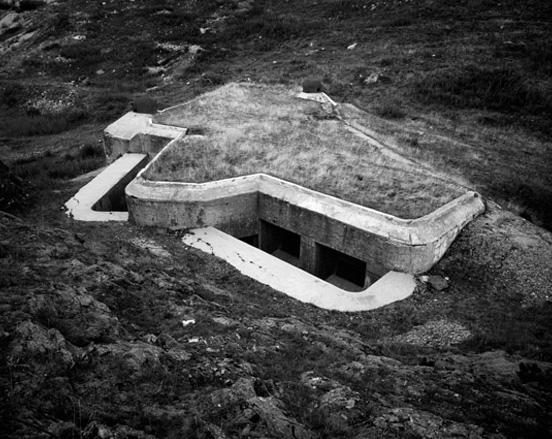
'Untitled 2008', from the 'Save the Ligne Maginot' project by Alexandre Guirkinger
'The black and white pictures in the series are the most documentary-like in style,' he explains. 'I am fascinated by the forms of the structures, which have inspired many architects since. In 2006 I photographed a church for Wallpaper* by Claude Parent, which looks very similar to these bunkers'
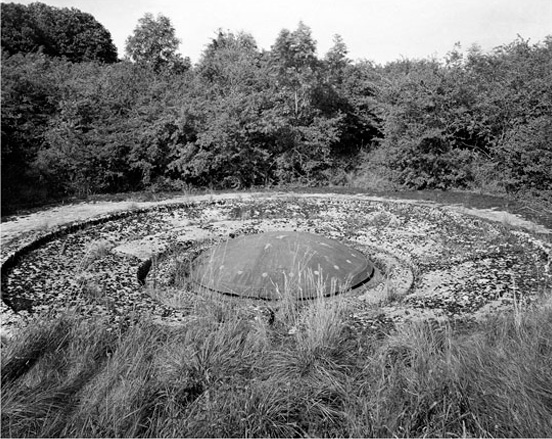
'Untitled 2007', from the 'Save the Ligne Maginot' project by Alexandre Guirkinger
Soldiers would have been sheltered by the metal cap of this structure while projecting their guns out from beneath it... had they ever been attacked

'Untitled 2008', from the 'Save the Ligne Maginot' project by Alexandre Guirkinger
During peacetime, soldiers didn't live under ground. This picture shows the foundations of what would have once been army barracks
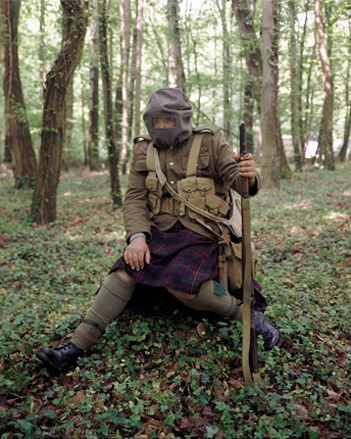
'Untitled 2009', from the 'Save the Ligne Maginot' project by Alexandre Guirkinger
An English re-enactor wears a Scottish uniform from World War I
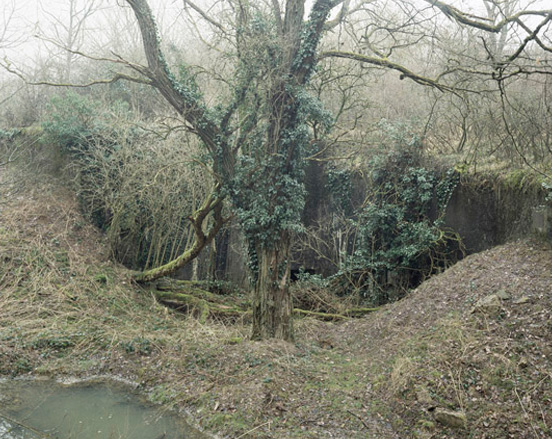
Untitled 2009', from the 'Save the Ligne Maginot' project by Alexandre Guirkinger
Because of the size and construction of most of the bunkers in the line, they would be very expensive to destroy. In order to prevent people from exploring them, the army has tried to cover many of them
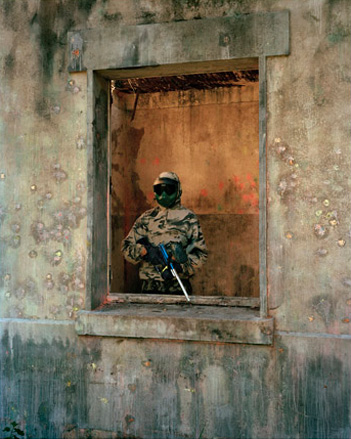
'Untitled 2008', from the 'Save the Ligne Maginot' project by Alexandre Guirkinger
The Maginot Line is also home to the largest paintball field in Europe
Malaika Byng is an editor, writer and consultant covering everything from architecture, design and ecology to art and craft. She was online editor for Wallpaper* magazine for three years and more recently editor of Crafts magazine, until she decided to go freelance in 2022. Based in London, she now writes for the Financial Times, Metropolis, Kinfolk and The Plant, among others.
-
 All-In is the Paris-based label making full-force fashion for main character dressing
All-In is the Paris-based label making full-force fashion for main character dressingPart of our monthly Uprising series, Wallpaper* meets Benjamin Barron and Bror August Vestbø of All-In, the LVMH Prize-nominated label which bases its collections on a riotous cast of characters – real and imagined
By Orla Brennan
-
 Maserati joins forces with Giorgetti for a turbo-charged relationship
Maserati joins forces with Giorgetti for a turbo-charged relationshipAnnouncing their marriage during Milan Design Week, the brands unveiled a collection, a car and a long term commitment
By Hugo Macdonald
-
 Through an innovative new training program, Poltrona Frau aims to safeguard Italian craft
Through an innovative new training program, Poltrona Frau aims to safeguard Italian craftThe heritage furniture manufacturer is training a new generation of leather artisans
By Cristina Kiran Piotti